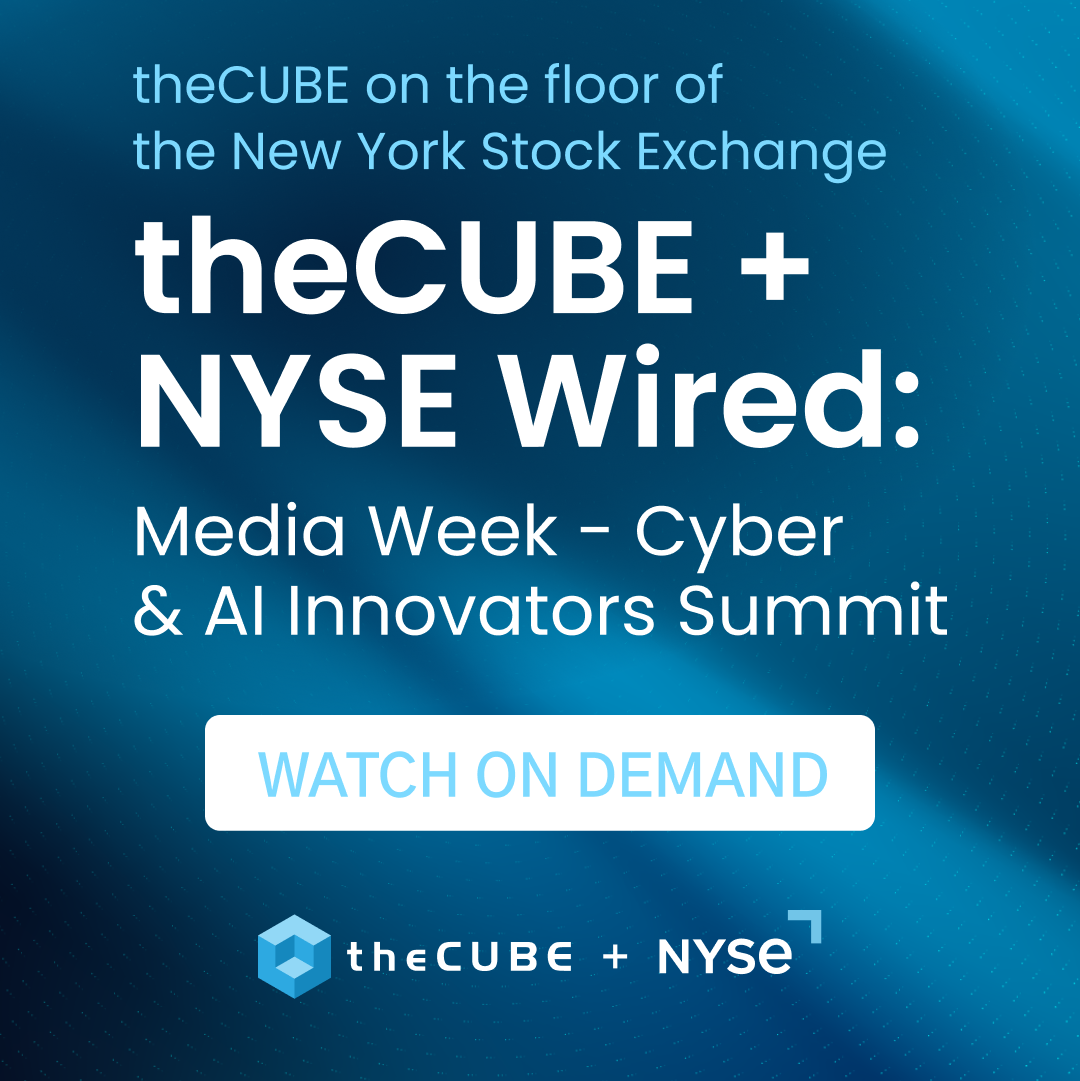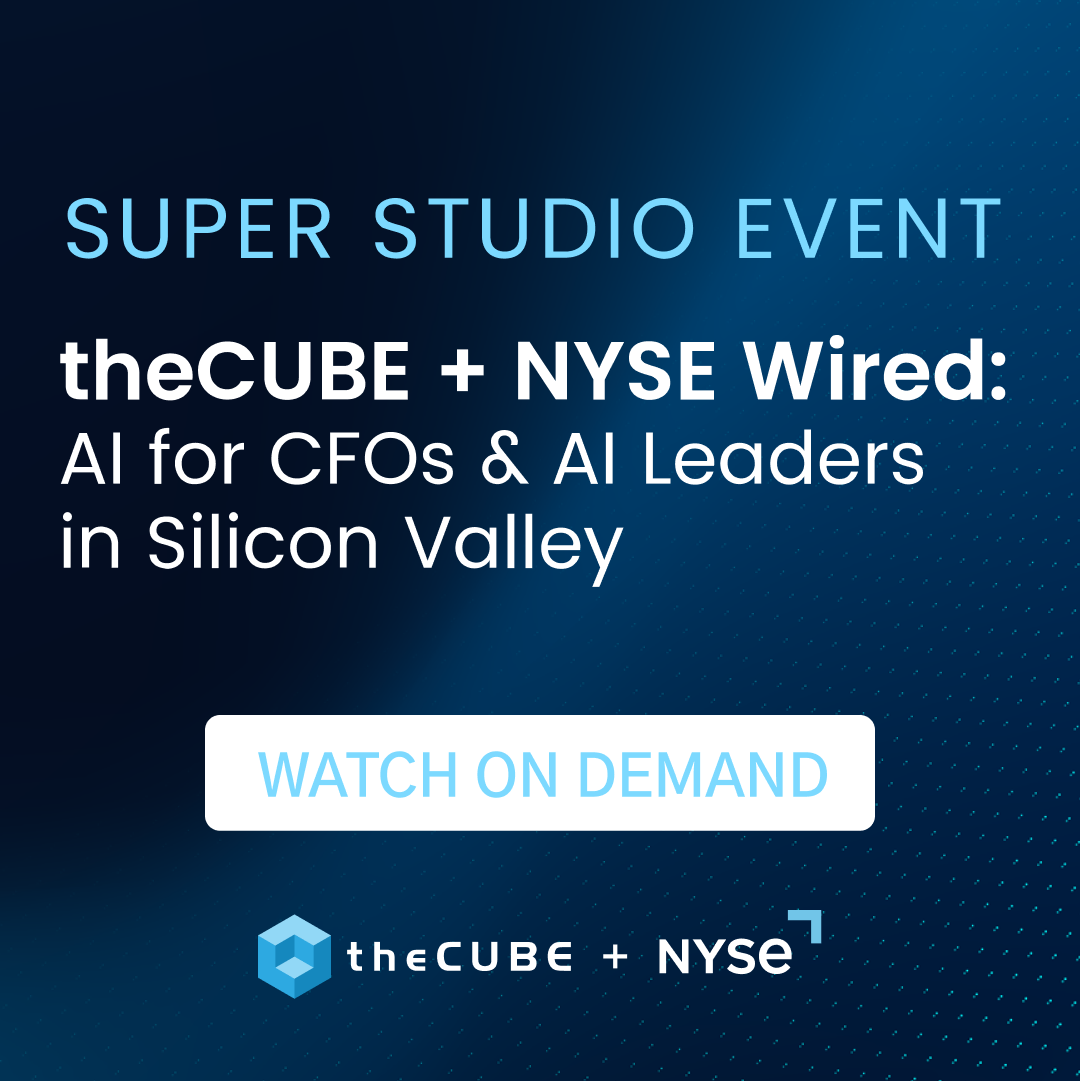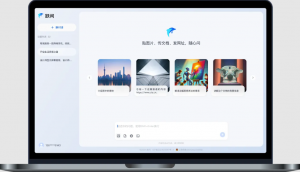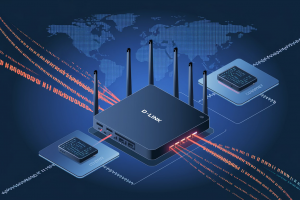Data Gives the Daily Dot a New Media Edge
![]() Take a look at your daily feeds. They’re likely filled with stories about the latest Valley startup to receive funding, some intrusive piece of Android malware, or a rumor concerning a Facebook change, an Apple device, or Google’s latest plot. I should know–I’ve been a part of the web news cycle for as long as new media has been an accepted form of content delivery and consumption. And it’s easy to get caught up in the headline stories. But think back to when you used to read an actual newspaper every day. Was it the front page stories you were most interested in, or did you immediately flip to your favorite section?
Take a look at your daily feeds. They’re likely filled with stories about the latest Valley startup to receive funding, some intrusive piece of Android malware, or a rumor concerning a Facebook change, an Apple device, or Google’s latest plot. I should know–I’ve been a part of the web news cycle for as long as new media has been an accepted form of content delivery and consumption. And it’s easy to get caught up in the headline stories. But think back to when you used to read an actual newspaper every day. Was it the front page stories you were most interested in, or did you immediately flip to your favorite section?
What’s become lost in the new media era is the stories behind the stories–those that take place around community interests, and individuals. A new project called Daily Dot hopes to change all that. CEO Nicholas White are creating a new kind of newspaper–one that revolves around the people and communities that make up the web. Instead of breaking stories down by the typical categories, you’ll see delineations being made around the areas of interest involved. It’s not necessarily about international versus tech, or entertainment versus health. Communities on the web have much more to offer than just pre-filtered categories, and as new media consumers, we have a vast space of special interest content that’s out there, waiting to be read.
One of the first things I noticed about the Daily Dot was its resemblance to a physical newspaper. That’s a clear sign of White’s influence in the project. He comes from a long line of newspaper editors and businessmen, rounding out five generations of journalists that operated in a small, Midwest town. His unique perspective on the industry as a whole lets White take on the Daily Dot with a certain business acumen that others haven’t been able to experience, and he notes that, in a strange way, the same things the Daily Dot are trying to accomplish are all the problems publications companies have been dealing with for centuries.
![]() White goes on to tell of a comment his father once made, recalling one of the smartest additions to the local paper years ago; printing the school lunch menu. These are the things people immediately flip to when they look at the news. What’s of interest to them personally, and which day are they serving pizza in the cafeteria? Finding ways to make news more relevant to the individual, at a community level, is certainly a challenge that many have faced, even before new media as we know it. Every good editor knows that more local people will have higher interest in the paper if there’s a story about the high school track champion, or the neighbor who’s run the same familiar shoe store for the last 25 years. You share a piece because it’s of personal interest to you, and when you know the people involved, it’s even more exciting to see them gain another level of recognition.
White goes on to tell of a comment his father once made, recalling one of the smartest additions to the local paper years ago; printing the school lunch menu. These are the things people immediately flip to when they look at the news. What’s of interest to them personally, and which day are they serving pizza in the cafeteria? Finding ways to make news more relevant to the individual, at a community level, is certainly a challenge that many have faced, even before new media as we know it. Every good editor knows that more local people will have higher interest in the paper if there’s a story about the high school track champion, or the neighbor who’s run the same familiar shoe store for the last 25 years. You share a piece because it’s of personal interest to you, and when you know the people involved, it’s even more exciting to see them gain another level of recognition.
So in this era of personalized news filters, blog networks and custom mobile news readers that incorporate socially shared items as well as popular publications, where does the Daily Dot fit in? There’s a strong journalistic ethic behind the content you’ll read at the Daily Dot, where staff writers are encouraged to pick up the phone and talk to the people directly involved in these communities, to gain a different perspective and develop a certain appeal around a given interest piece. One example is a piece the Daily Dot did during the Casey Anthony trial, which looked at the large number of related content being created on Etsy, speaking to another level of activism around the topics that surrounded this case. And the piece had its own ripple effect, gaining the attention of mainstream media news outlets across the nation.
Finding these stories means identifying influencers and communities from a wide sea of websites and individuals. It’s a daunting task, but one made easier through the use of big data. “We have unleashed this data project on the world that’s about looking at online communities and pulling it all together…on the back end there’s two different processes,” explains White.
“We partner with a company to help crawl each community, and then do a whole bunch of data layers, cleaning and processing. Then it goes through a set of algorithms to determine what areas to target. You start digging into the subcultures and communities, and whole groups of things like fashion bloggers turn up. It’s really fascinating, and there’s something very humbling about listening to data.”
![]() Contextualizing data from there is another intensive process that the Daily Dot is really rather proud of, with an end goal of giving that data back to the communities and in turn becoming a part of those special interest groups. “We’re gonna go back to 19th century journalism,” White says with excitement. “We want a newsboy on every corner.” Every corner of the web, that is. It’s a process White’s called “radically emphasizing the distribution endpoint,” and it’s a necessary aspect of the Daily Dot’s growth if it hopes to succeed. It’s not enough to just use Twitter to drive people back to the Daily Dot site. It will need to be a part of that community to also enable its readers. It’s a two-way street of participation, and it straddles the fence with one foot in the world of traditional journalism, the other foot in today’s social media realm.
Contextualizing data from there is another intensive process that the Daily Dot is really rather proud of, with an end goal of giving that data back to the communities and in turn becoming a part of those special interest groups. “We’re gonna go back to 19th century journalism,” White says with excitement. “We want a newsboy on every corner.” Every corner of the web, that is. It’s a process White’s called “radically emphasizing the distribution endpoint,” and it’s a necessary aspect of the Daily Dot’s growth if it hopes to succeed. It’s not enough to just use Twitter to drive people back to the Daily Dot site. It will need to be a part of that community to also enable its readers. It’s a two-way street of participation, and it straddles the fence with one foot in the world of traditional journalism, the other foot in today’s social media realm.
Where the Daily Dot must innovate from here is in the ways it can contextualize this data as a publication and not a person. It’s certainly a challenge that both the traditional publication sector and the new media culprits face. Perhaps White will be able to direct his team in a new direction, spurring development in this area that can inspire every aspect of our news culture.
A message from John Furrier, co-founder of SiliconANGLE:
Your vote of support is important to us and it helps us keep the content FREE.
One click below supports our mission to provide free, deep, and relevant content.
Join our community on YouTube
Join the community that includes more than 15,000 #CubeAlumni experts, including Amazon.com CEO Andy Jassy, Dell Technologies founder and CEO Michael Dell, Intel CEO Pat Gelsinger, and many more luminaries and experts.
THANK YOU













